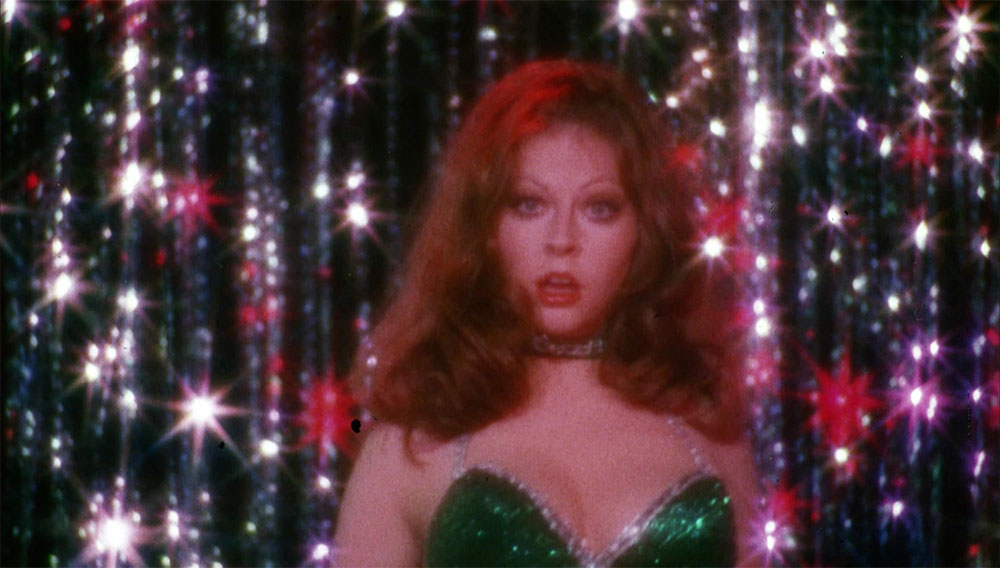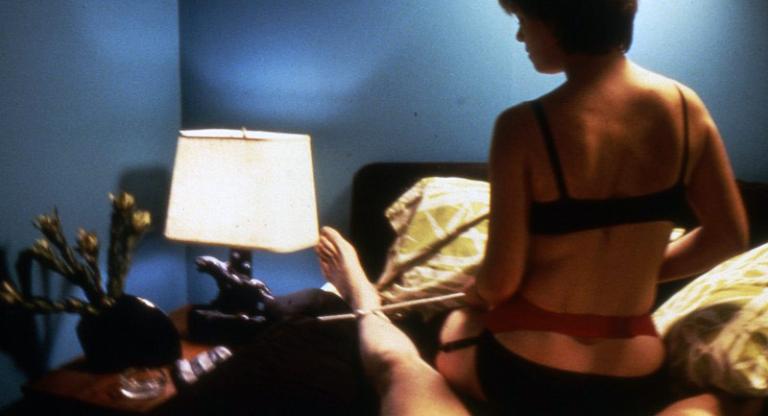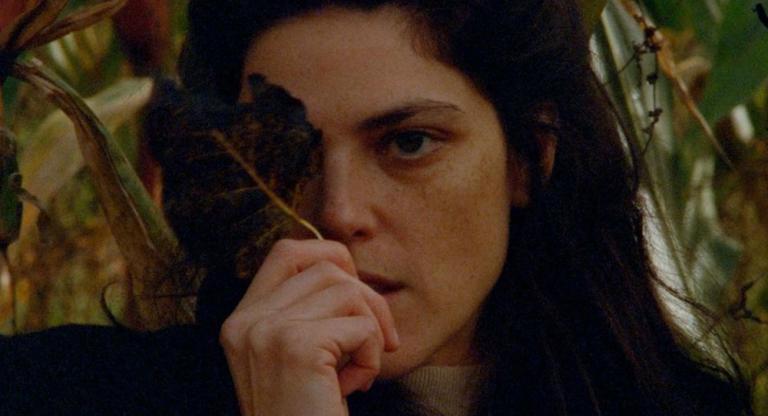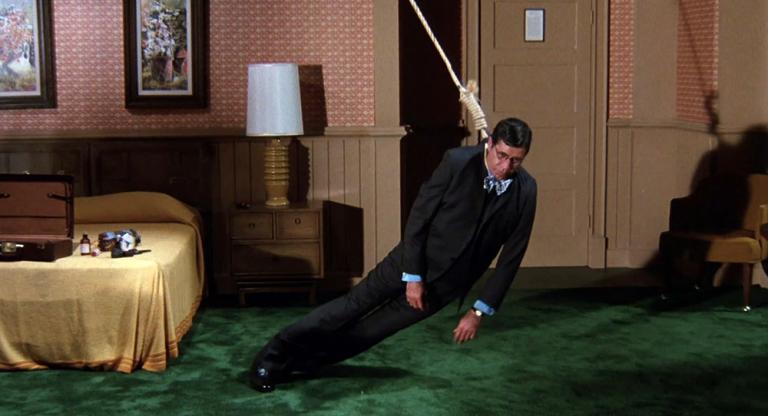In the words of Norma Tanega, “Bread is a wonderful thing,” and for the three young women of The Working Girls (1974), figuring out how to make enough dough is about more than mere survival. Jill’s gig as a cocktail waitress cum exotic dancer pays her law school tuition; Denise paints billboards to finance her personal artwork and cover the rent for the apartment they share; and while Honey may not have career ambitions—her MA in math notwithstanding—a bigger purpose seems to hover just beyond the hitchhiker’s horizon. Each encounters men both personally and professionally who threaten their independence, whether through ethical compromises, physical violence, or in Honey’s case, firing without cause. As the film establishes, it would take a lot more to keep any of them down.
A similar struggle for financial independence was a theme throughout the writer-director Stephanie Rothman’s unfortunately limited career as a filmmaker; the conflict between her freedom of expression and the constraints of market demands essentially defined her directorial output. From her feature debut, The Student Nurses (1970), through genre classics The Velvet Vampire (1971) and Terminal Island (1973), to The Working Girls, the last of the films she helmed, her investors’ insistence on nudity and violence kept these unique, often beautifully lensed, feminist-leaning stories squarely within the exploitation camp. As she told Interview magazine in 2016, “I’ve always been interested in the social conflict of my age, my own time, as well as the result of positive and negative of social change, and the ongoing quest we all have, from the cradle to the grave, for identity.” These themes are always emerging between the fairly tame topless reveals and physical altercations in her work.
The Working Girls swiftly establishes the manner in which its “sex comedy” descriptor will be turned on its head: Honey rolls into town and enjoys a rib plate (which she finishes, a bit of a feminist gesture in itself) at a local BBQ joint; when she tells the toothpick-chewing owner she doesn’t have any money, he leeringly suggests there might be another way for her to square her tab. In response, Honey begins stripping right there at the cash register, much to his dismay, and he quickly kicks her out while attempting to cover her back up. The film presents a sneaky, racy peek during an exchange which, in a manner of seconds, converts Honey from a potential victim to the victimizer—a transformation Rothman uses throughout her filmography to subvert exploitative content.
The majority of the nudity in The Working Girls appears in two ways: first, Denise’s two male models are often revealed, to comedic effect, at just the right angle to maintain an R rating; and in two stripteases at The Tiger’s Tail, where Jill starts out as a server before moving up the ladder to become the joint’s manager. Rothman does much to undercut the titillation of both of these women’s performances, first with bright lighting and upbeat music; when Jill makes her onstage debut, the camera cuts from her to the audience, which she imagines as fully nude, looking far more “objectified” and disempowered than she does. The film’s best-known sequence is headliner Katya’s routine. Rothman cast newcomer Cassandra Peterson, well before she became Elvira, Mistress of the Dark, as the seasoned performer, and choreographed the performance with her to be lighthearted and “classic.” As Katya explains to Jill, dancing pays better than serving drinks, and for a few minutes spent undressing and fantasizing about her patio furniture, the role has provided the sort of economic independence Jill is seeking.
According to Rothman, the film was funded by an investor seeking something like The Student Nurses, with women living together as roommates; from that request, and her smallest budget of just over $100k, she crafted an apparently playful but deeply personal statement about the importance of autonomy in both the bedroom and the workplace before stepping away from the director’s chair forever. While Jill, Denise, and Honey are always on the hunt for a better paycheck, their jobs remain just their jobs; as the film concludes, a sudden windfall from Honey’s erstwhile employer inspires dreams of a socialist workplace and a return to the open road. Despite the bitter irony at the core of the film’s creation, as an example of a genre that exploited women in front of the camera and refused to share with them the wealth behind it, The Working Girls is, in the end, hopeful.
The Working Girls screens this evening, September 17, at Spectacle Theater as part of their Stephanie Rothman retrospective, followed by a discussion with the filmmaker.




